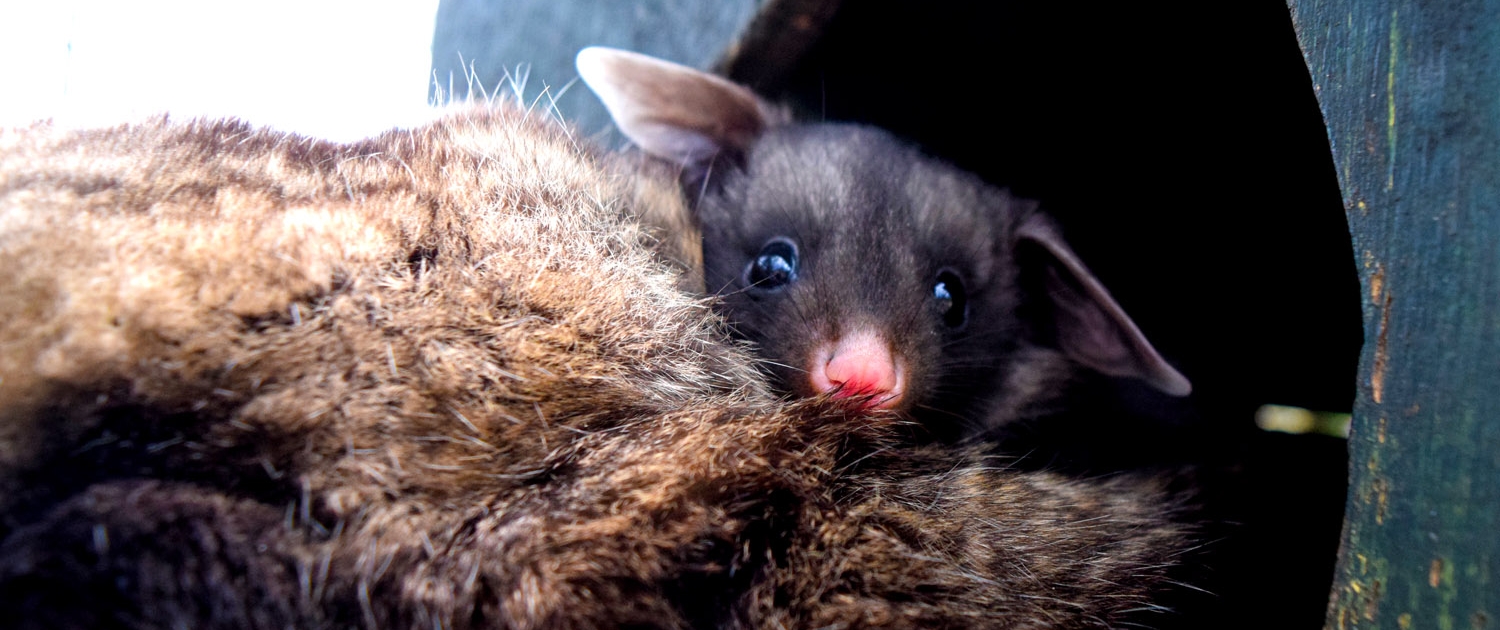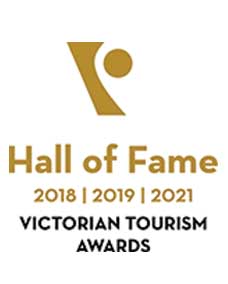Conservation
Moonlit Sanctuary is dedicated to helping save Australia’s endangered wildlife from extinction. Many of the animals kept at the Sanctuary are threatened with extinction. However, just keeping and breeding rare animals is not enough, they must interact with programs aimed at saving them in the wild.
The following is a list of species where we are directly involved in working to save from extinction today. Click on each species to find out why they are endangered and what Moonlit Sanctuary is doing to help. Moonlit Sanctuary also supports field programs where we see we can make a difference.








